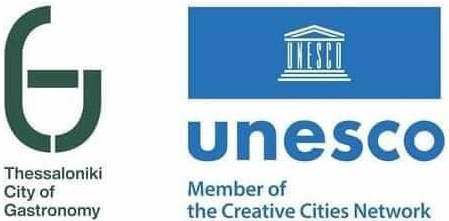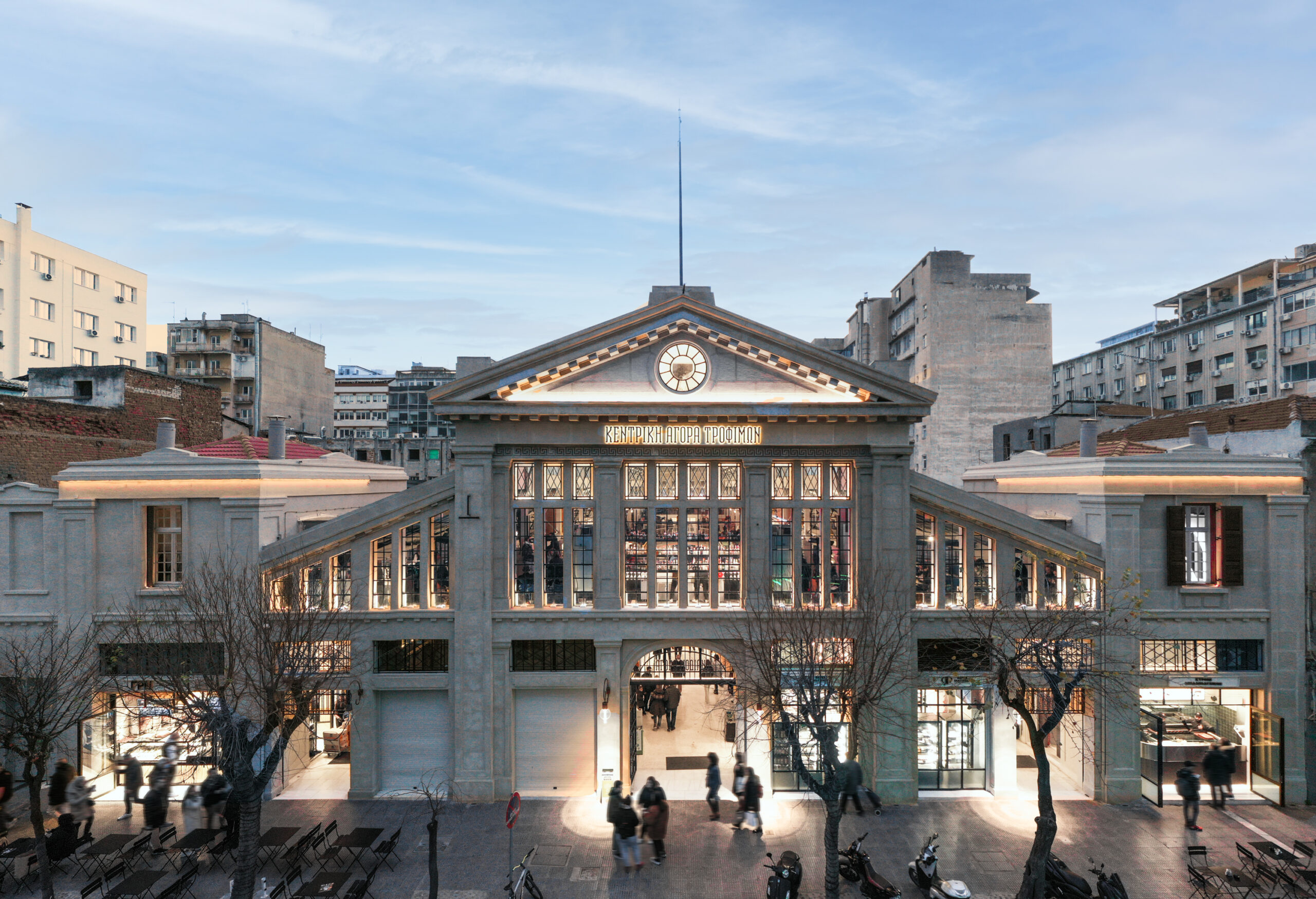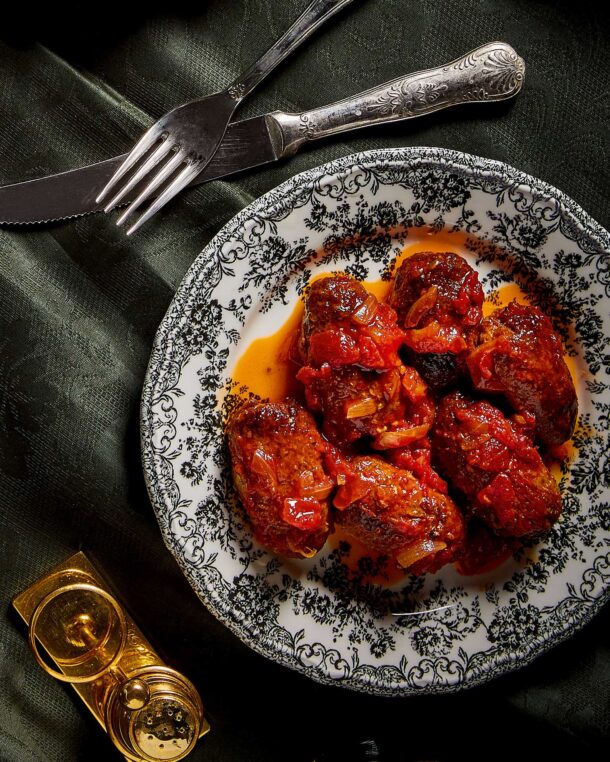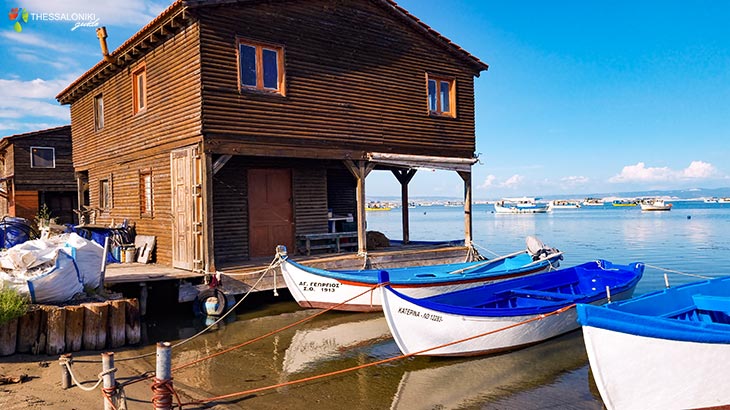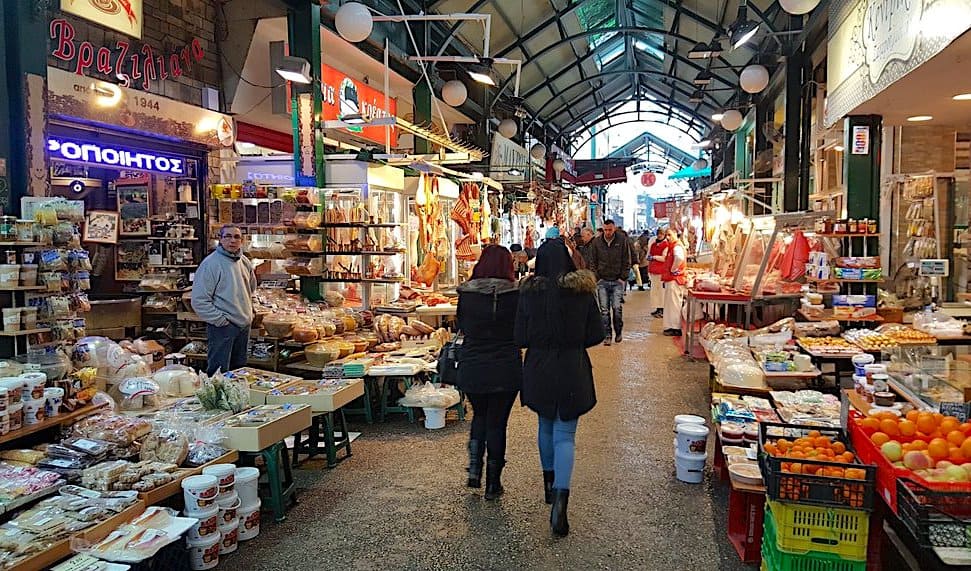315 BC.
Thessaloniki was founded as an urban center in 315 BC by Cassander, general of Alexander the Great, who named it after the sister of the Great General. Since its foundation, it has been a thriving, multicultural city that has utilized its strategic position, with its port, as a gateway to the Balkans and Central Europe.
Roman Era
In the 2nd century BC, it was conquered by the Romans. Its strategic position made it an imperial capital during the reign of Galerius, preserving a form of autonomy that contributed to its development. The construction of the Egnatia Road (146-120 BC) contributed in making Thessaloniki a major commercial, cultural and military hub. Numerous ancient monuments, which have survived to this day, are evidence of its Roman past.
Byzantine Era
With the division of the Roman Empire, Thessaloniki became one of the potential capitals of the Eastern part. Ultimately, the selection of Byzantium as capital, gave it the title of “co-reigning” city. It served as an important administrative and military center, while simultaneously showing great progress in culture and the arts. The 14th century finds Thessaloniki at its greatest prosperity and this is why it is referred to, as the “golden age of Thessaloniki”.
Ottoman Rule
The next five centuries, following the siege in 1432 by the Ottomans, find Thessaloniki under Ottoman occupation. The Ottomans’ influence on the city’s gastronomy was particularly important and resulted in its oriental character. The city also served as a destination for the Jews, who were expelled from the Iberian Peninsula in 1492, and this is how its large Jewish community flourished.
Integration Into the Greek State
The integration into the Greek state in 1912 led to many alterations in its population. A first large wave of refugees arrived in 1915. After its liberation from the Ottomans in 1912, the majority of its population lived in poverty. Its active, productive labor force was mainly manual workers. However, there was also a local elite, mainly working in commerce and Letters.
The city was always rich in products. Fish and seafood from the Thermaic Gulf and the Aegean Sea. Fruits, vegetables and cereals from the lush plains that surrounded it. Vineyards, which produced bountiful wines and spirits. Livestock and dairy products from the farming industry that thrived in the surrounding mountainous areas, while spices, oriental delicacies and whatever else the city did not have were delivered to the port. Gastronomy was and is a culture in this city and it has always maintained a powerful hedonistic approach, a fact that can probably be attributed to its oriental character.
World War I
Many nations inhabited the city, even for a short time, especially since during World War I, the English, French, Russians, Canadians, Australians, New Zealanders, even Moroccans, Indians, Indo-Chinese, Vietnamese, Senegalese passed through Thessaloniki.
Its cuisine is defined by tradition, its rich products and all those different cultures that have either lived in or passed through Thessaloniki seeking their own, familiar flavors.
The Great Fire of 1917
According to urban legend, the most satanic eggplants in the history of the world were those fried by the housewife in the refugee shelter on Mouschounti Square, in the Olympiados area, on August 5th, 1917, which started the Great Fire. The strong North wind blowing on that day, known as Vardaris, caused the fire to spread and eventually led to the destruction of the entire city center, leaving 70,000 people homeless.
It provided the grounds, however, for the construction of a city with proper urban planning and unique buildings, many of which have survived to this day. Among them are the Modiano Market, a jewel, both then and now, and the neighboring Kapani Market, which was designed and rebuilt after the fire.
Further on, the Ladadika neighborhood, which survived the Fire of ’17, was home to many Jews and a place where the wholesale food and especially oil trade flourished.
Above Tsimiski, in Emporiou Square, there were the Baharadika (name derived from the word “bahari” which means spice), small commercial shops selling mainly spices and herbs, as well as other “edible and colonial” goods.
The Asia Minor Catastrophe 1922-1924
The Asia Minor Catastrophe in 1922 and the subsequent arrival and settlement of a large number of Greek refugees from Asia Minor altered the city’s profile.
The populations that came from Constantinople, Cappadocia, Pontus, the coast of Ionia and Eastern Thrace largely determined the gastronomy of Thessaloniki, introducing traditions, habits, recipes and ingredients that were easily integrated into the DNA of the city. Another contribution, attributed to the refugees, was the tripe soup restaurants that dominated the city. Tripe soup used to be the laborers’ breakfast, as well as the medicine of the late-nighters.
In general, the permanent inhabitants of the city included Jews, Armenians, Georgians, Syrians, and Palestinians.
World War II
Among the most difficult parts of its history is certainly the mass extermination of the Jewish population in 1940, the German occupation and the Civil War, a period during which, the city experienced quite a dark period.
During the German occupation, food shortages were severe, as Allied blockades would not allow anything to reach the city. The housewives’ ingenuity and creativity were remarkable in the kitchen, as they prepared meals from “next to nothing” in order for their families to survive.
1950, the Modern Era
After the liberation in 1944 and the end of the civil war in 1949, Thessaloniki enters the contemporary phase of its development. From the 50s onwards, a new era dawns, during which a combination of wealth production, originating from manufacturing, agriculture, trade and transport, is generated.
A new, urban cuisine is gradually developing, without however the city losing its original character. It is this character stemming from the depths of the centuries, that is responsible for its unique identity and entity, full of history, culture and art, which is steadily evolving and making the gastronomy of Thessaloniki perhaps the richest and most interesting in the country.
